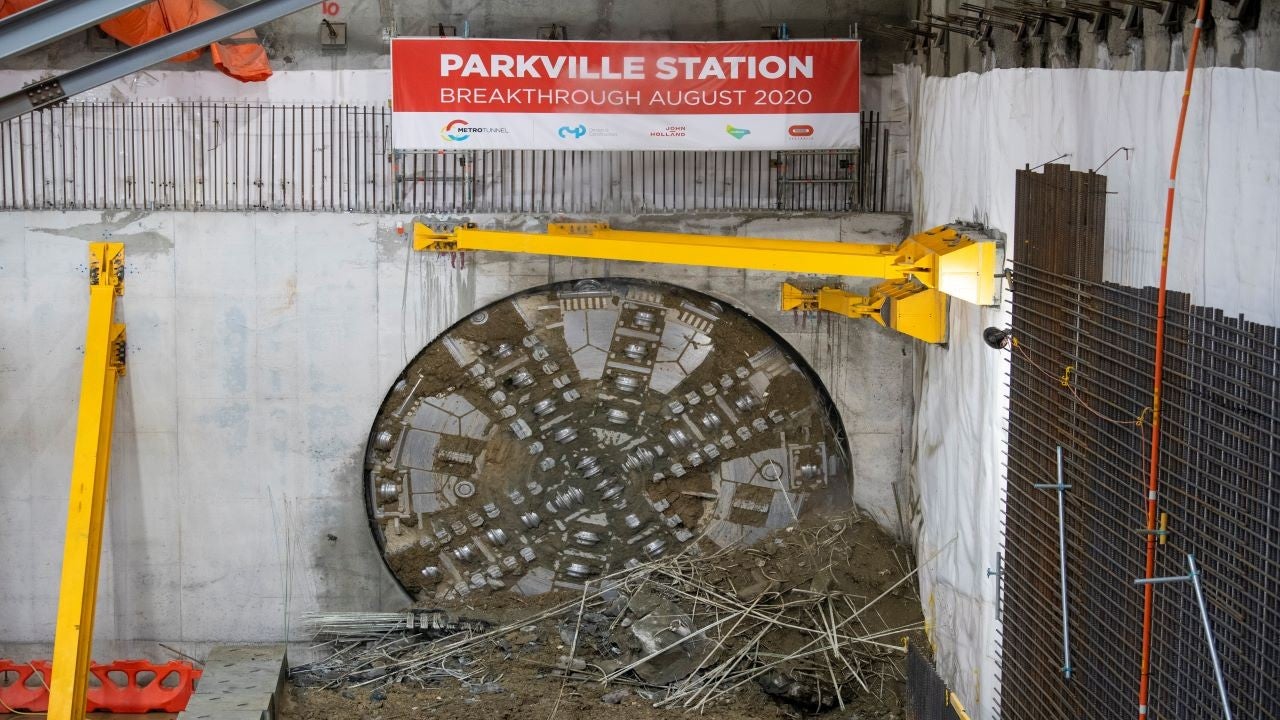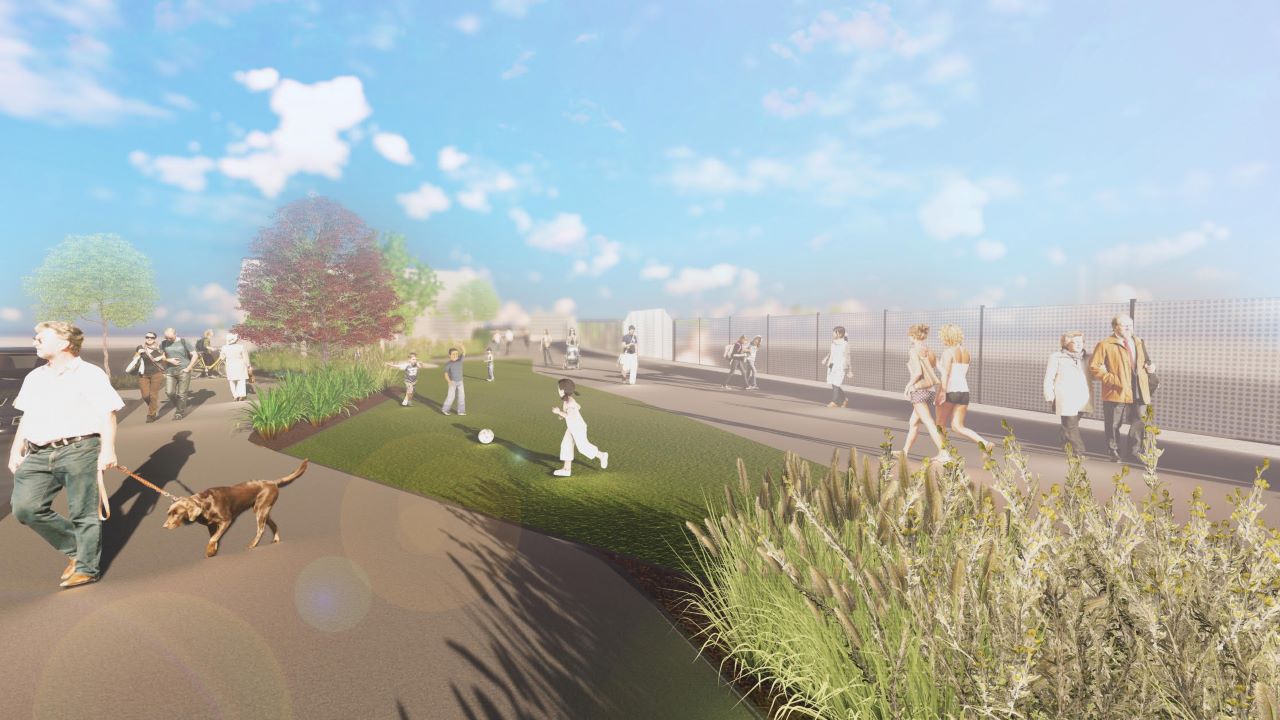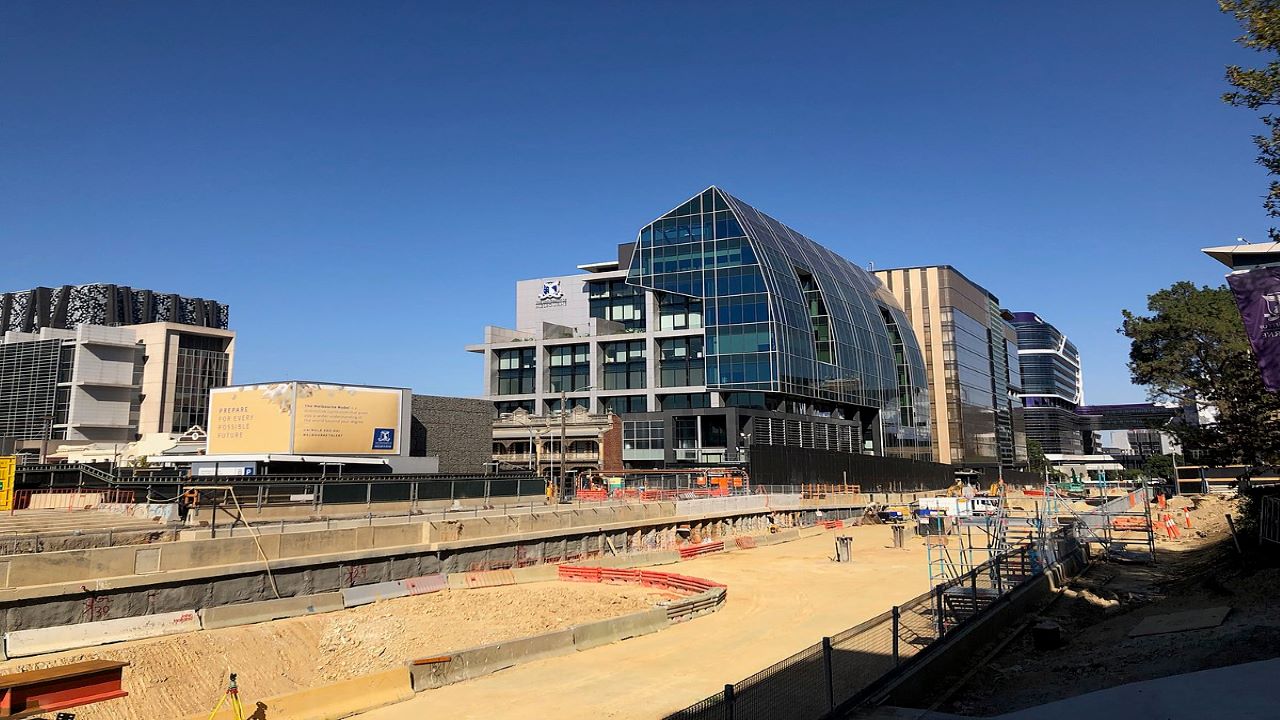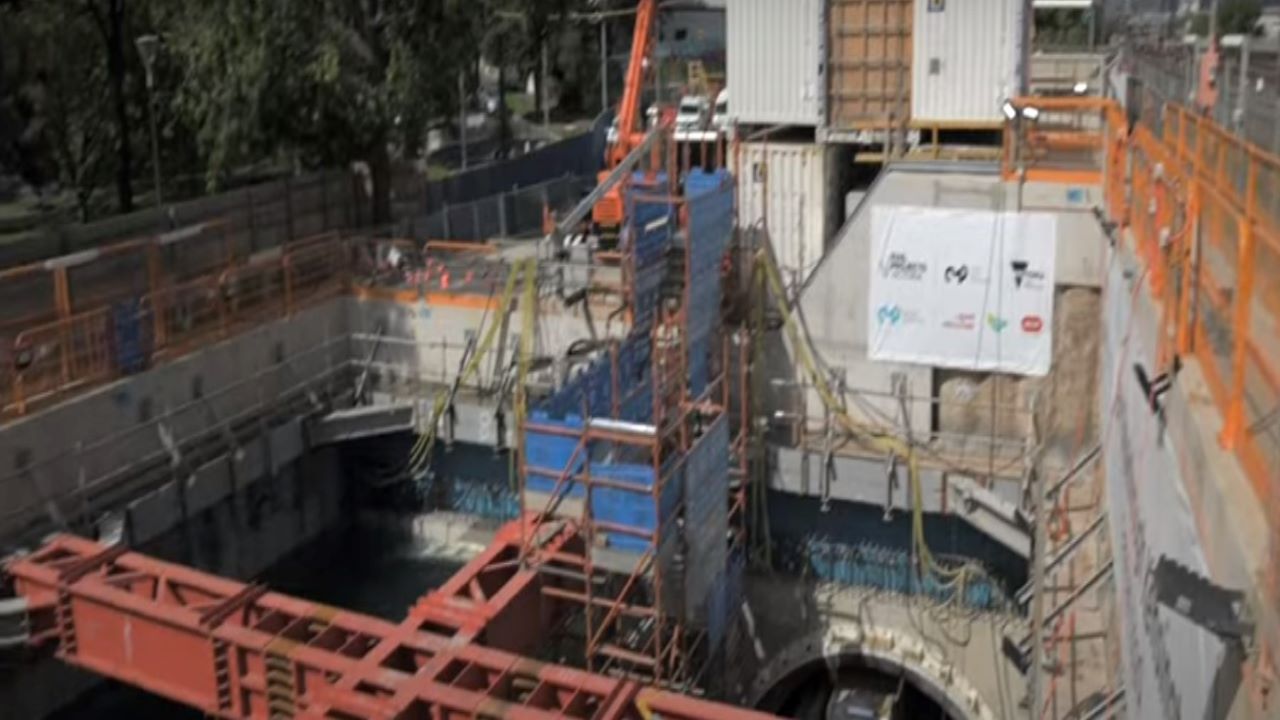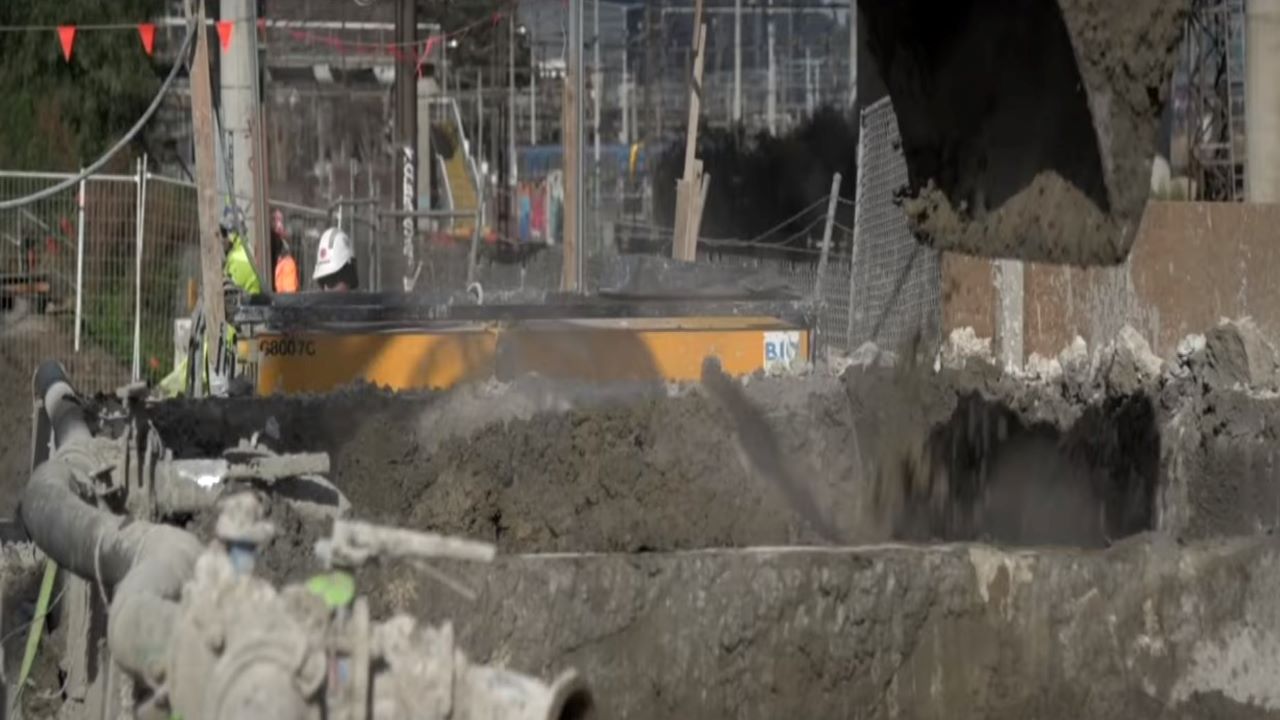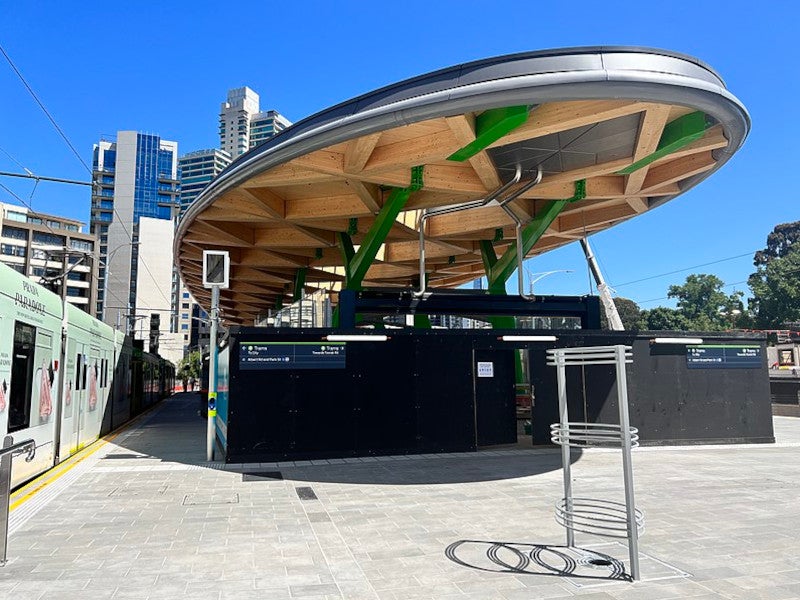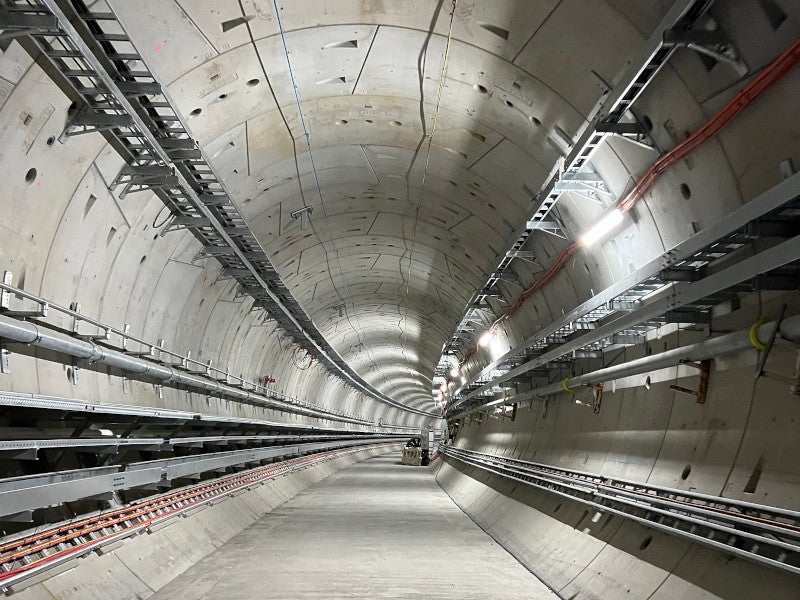The Melbourne Metro rail project involves the construction of a 9km-long tunnel within Melbourne, Australia, connecting the Sunbury and Dandenong railway routes.
The metro rail tunnel will connect to the Dandenong and Sunbury lines at the south-eastern side of South Yarra Station and the western part of South Kensington Station, respectively.
Melbourne underground metro is an A$12.58bn ($8.76bn) project and is the biggest project of Melbourne railways after the City Loop. Construction started in 2018. Operations are expected to start in 2025.
The project is expected to generate 7,000 jobs for residents of Victoria.
Background to Melbourne’s metro project
The existing rail network of Melbourne is overcapacity and construction of an underground rail tunnel was suggested as the only solution to the problem. The existing metro trains are expected to become overcrowded in the next few years.
The Melbourne underground metro rail project will resolve the issue by facilitating more trains to be operated on the Sunbury, Craigieburn, Williamstown, Werribee, Frankston, Upfield and Sandringham railway routes. The enhanced capacity will support more than 20,000 passengers on an hourly basis.
Passengers of the Melbourne Metro will be able to conveniently access the City Loop Services, which will lower passenger traffic on the St Kilda tram route.
The metro rail will improve access to prominent locations such as North Melbourne. In addition, the project will help develop infrastructure vital for the further growth of the public transport system of Melbourne.
Melbourne Metro rail project details
The Melbourne Metro rail project will connect Dynon to St Kilda Road by crossing the Central Business District (CBD). The depth of the metro tunnel will be 40m.
Melbourne’s western and northern suburban zones will benefit from the metro rail. The metro rail project will allow Frankston Line to have exclusive use of the current Caulfield City Loop Tunnel through a new loop line.
The Northern City Loop Tunnel will be used exclusively by the Craigieburn and the Upfied lines, forming a Northern Loop line upon completion of the metro. A new Cross City Line will be formed connecting the Werribee and Williamstown line and Sandringham line, passing through Southern Cross and Flinders Street Stations.
Passengers of the Craigieburn, the Upfied and the Cross City lines can interchange at Southern Cross and Flinders Street to access Sunbury-Dandenong services.
The first section of the metro tunnel was completed in April 2020. The laying of tracks was started in mid-2022 and was completed by March 2023.
Melbourne Metro rail stations
The metro rail will have five new underground stations, including the Arden, Parkville, Anzac, Town hall and State Library stations.
The Arden station in north Melbourne will be directly connected to Melbourne airport through the Melbourne airport rail link. The station entrance will be located at Laurens Street. It is being constructed using the cut-and-cover method and features parking bays, taxi bays, pedestrian crossings and about 120 bike parking spaces.
The Parkville station is being developed below Grattan Street between Royal Parade and Leicester Street. It will feature four entrances, with the main entrance located at Grattan Street, which provides direct access to the University of Melbourne. The station is being constructed using the bottom-up method. It will feature 250 bike parking spaces, bus shelters and a pedestrian crossing with an increased width of 6m.
Anzac station will be constructed under St Kilda Road and will have four entrances, with the main entrance at the Shrine of Remembrance Reserve. The station is being constructed using the cut-and-cover method and is known as a ‘pavilion in the park’, which links all the nearby parks.
The Town hall station will be located at the southern end of Swanston Street. It will have an underground connection to Flinders Street station and two entrances.
The State Library station will be developed under the northern end of Swanston Street and feature three entrances. The main entrance will be at the street level, on the Swanston and La Trobe streets. The station also includes an underground connection to the Melbourne airport through Melbourne airport rail.
Both the State Library and Town Hall stations are being constructed based on a trinocular cavern design with a platform width of about 19m.
Platform screen doors are used in metro tunnel stations to facilitate quicker boarding for passengers, enhance tunnel ventilation and help control station conditions. About 60 toughened glass platform screen doors will be installed in each station.
Sustainability features of Melbourne metro rail
The Melbourne Metro stations received 6-star Green Star design certification from the Australian Green Building Council for their sustainability features.
Initiatives such as Portland cement reduction and low-carbon concrete lining have reduced carbon emissions by 165,000t.
A four-year geothermal energy trial was successfully conducted at the State Library station for the effective heating and cooling of the station and the surroundings.
The slurry used while tunnelling was treated with a coagulant for better environmental impact. Large amounts of water were also saved by recycling the water usage.
Recycled dunnage was used for cargo, which saved 26t of plastic and wood waste.
Rolling stock details
The Melbourne Metro rail network will be served by 33 high-capacity trains, accommodating approximately 1,100 passengers in the initial stages. The trains have been designed to be extended up to a length of 220m. In addition, another 70 trainsets will be procured to provide for added capacity.
The metro tunnel will be equipped with high-capacity signalling technology. The signalling centres will be located at Sunshine and Dandenong.
Contractors involved
The Victoria Department of Transport appointed Aurecon, Mott MacDonald, Sinclair Knight Merz and Grimshaw Architects as technical advisers for the Melbourne underground metro rail project. Their role included carrying out a detailed study and suggesting the route and location of stations.
Grimshaw was awarded the contract for defining and testing the requirements and parameters for both the metro rail line and the underground stations. Grimshaw will be responsible for the architectural design of the five stations as part of the contract, conforming to the budgetary limitations.
The Melbourne Metro rail project is being executed in a public-private partnership (PPP) model. Three consortiums, including Continuum Victoria, Cross Yarra Partnership and Moving Melbourne Together, were shortlisted under the PPP for the design and construction of the twin tunnels and five underground stations, private finance and other services.
John Holland received a $324m early works contract in June 2016. The contract includes the relocation of utility services and the preparation of construction sites for the project.
Franchisee Yarra Trams is responsible for providing tram diversion works and utility service providers are expected to provide construction power.
The Victorian Government selected CPB Contractors and Bombardier Transportation as part of the Rail Systems Alliance (RSA) for delivering train and power control systems for the tunnel project in July 2017.
The Rail Infrastructure Alliance (RIA), comprising John Holland, CPB Contractors and AECOM, Rail Projects Victoria and Metro Trains Melbourne, was chosen to deliver a $1bn works package for the Melbourne Metro project in 2018. The alliance is constructing entrances to the metro tunnel.
In 2022, RSA integrated with RIA to deliver the rail infrastructure and rail systems works to form a new consortium named Rail Network Alliance (RNA), including John Holland, CPB Contractors, Alstom, AECOM and Metro Trains.
International design firms Hassell and Weston Williamson + Partners, in collaboration with RSHP, designed the five stations of the Melbourne metro.
The University of Melbourne, in collaboration with Rail Projects Victoria, CYP Design & Construction and John Holland, conducted geothermal energy trials for the project.
KPMG was appointed as the commercial and financial advisor, Herbert Smith Freehills as the legal advisor, Advisian as the constructability advisor, Aquenta as the cost advisor and O’Connor Marsden as the probity advisor for the project.
Holcim, a leading manufacturer of building materials, Ardreagh Formwork, a formwork specialist and Beon Energy Solutions, an expert in renewable energy, design and construction, are some of the other contractors involved in the project.

